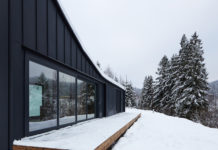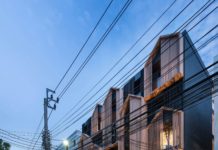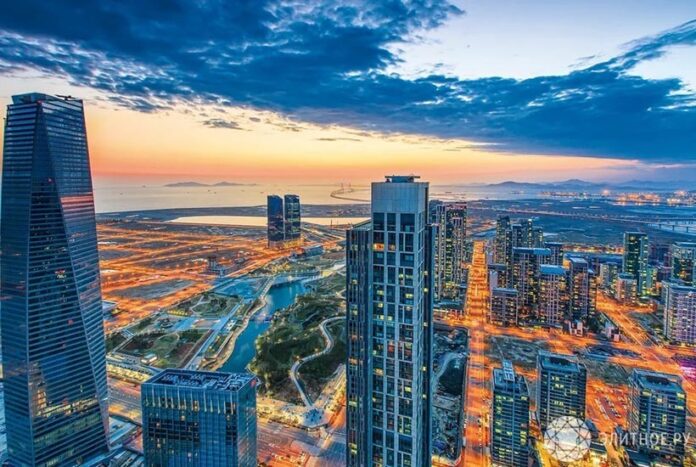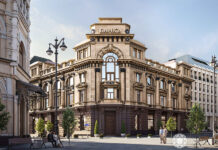The first of the cities was created in 2005, two more in 2014 and 2020, and the rest are still being built
< img src="/wp-content/uploads/2023/03/65cb83dbc20138c66d834a7dec716146.jpg" />
Usually, cities have a rich past. In the oldest of the existing ones – Damascus, Jericho, Byblos – people lived already 9-11 thousand years ago. But there are those whose history began in our century. On the world map, the Elite.ru portal found five cities, the first of which was built from scratch in 2005, and the last two are still under construction. Yes, and the life of young cities is built differently: some of them have already become successful, while others have few inhabitants, and so far these are ghost towns.
1. Naypyidaw in Myanmar – 2005
The name Naypyidaw is translated as “royal country”. The young city is the capital of Myanmar (Burma), one of the largest countries in Southeast Asia. The city was founded on the initiative of the government, which decided to move the former capital of Yangon, located on the coast, 320 km inland.
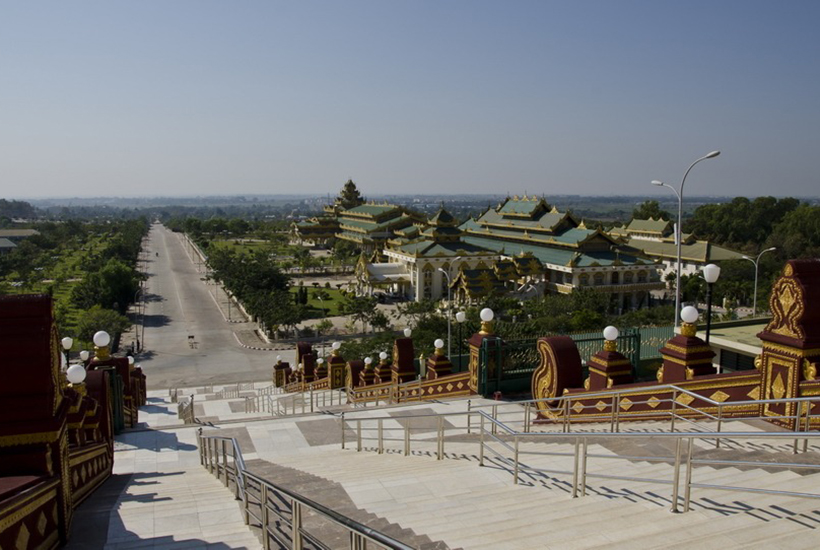
>
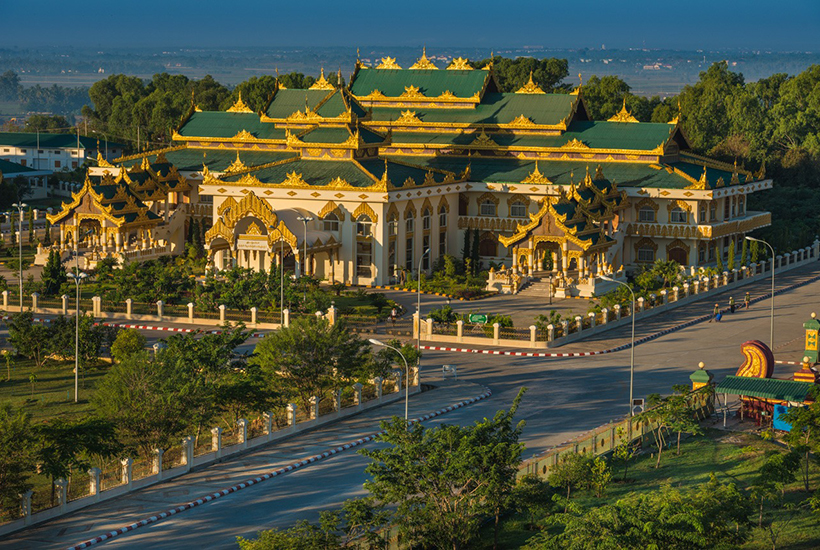
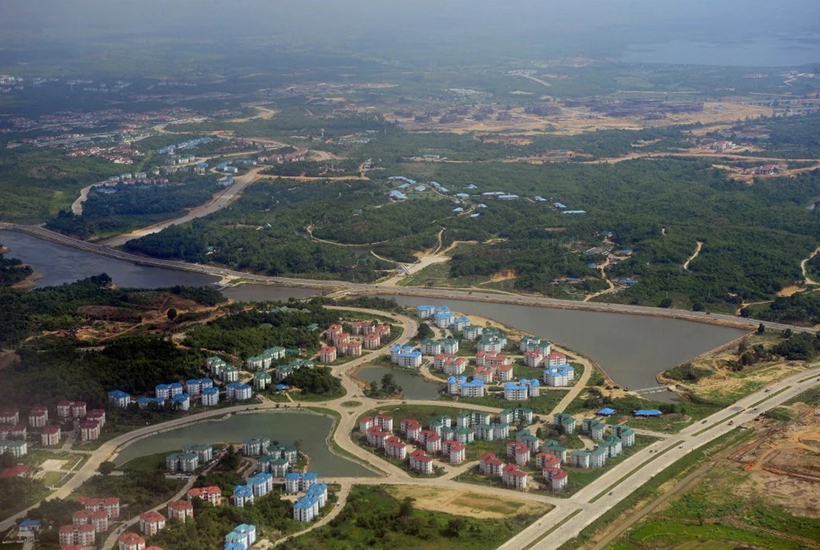
In 2002, construction began on the site of the village of Chepyi, and already in 2005, a city with an area of 7 thousand square meters appeared. km. In the same year, the main ministries left Yangon, and Naypyidaw officially became the capital. In 2008, the largest zoo in the country and the entire region was opened here. The animals were brought there from the Yangon Zoo. The National Herb Park and the Fountain Park also opened. And in 2009, Uppatasanti Pagoda (“disaster protection”), a copy of Shwedagon Pagoda in Yangon, the most sacred Buddhist pagoda in Myanmar, was built on one of the hills. In terms of population, Naypyidaw is still far from Yangon, the largest city in the country with 7.4 million people. But the status of a million-plus city has already been obtained: the number of inhabitants has reached 1.2 million.
2. Andricgrad in Bosnia and Herzegovina – 2014
The second city was built at the expense of the famous Serbian director Emir Kusturica in the small European country of Bosnia and Herzegovina. Andrićgrad or “City of Andrić” is located on the banks of the Drina next to the Visegrad Bridge. The city was built in honor of the Yugoslav writer and diplomat Ivo Andric, who was born on the territory of modern Bosnia and Herzegovina. In 1961, Adric received the Nobel Prize in Literature for his novel The Bridge on the Drina.
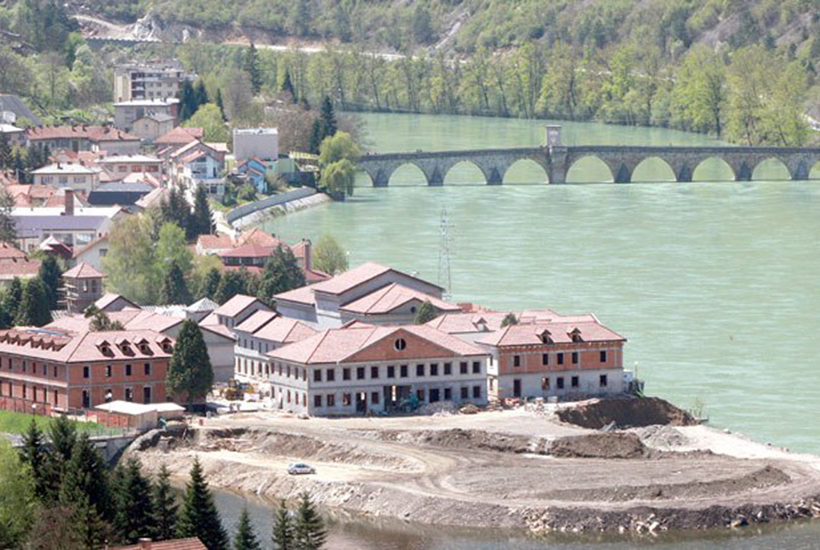

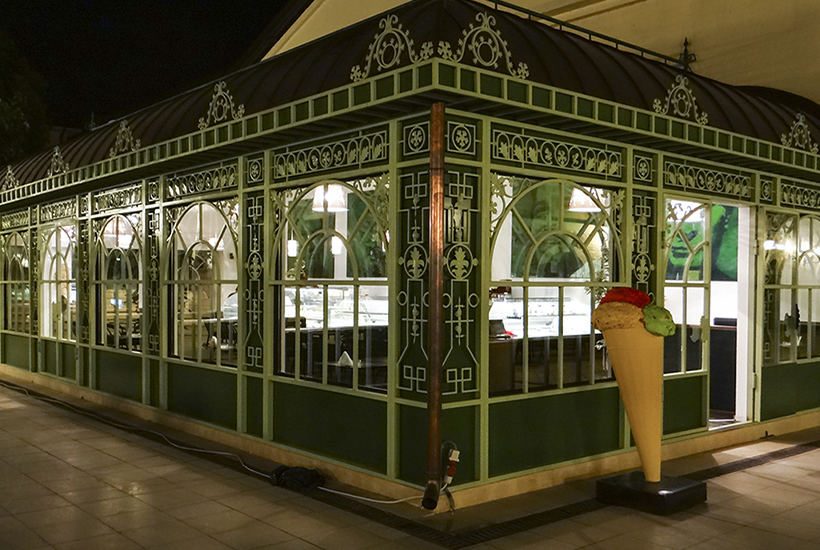
Andrichgrad was built for about three years: work began in 2011 and ended in 2014. About 15 million euros were invested in its construction. The city is small, with an area of only 0.017 sq. km, but it has several hotels, a theater, a cinema, an art gallery, the Ivo Andric house-museum, a humanitarian institute, a library, a church of St. Prince Lazar, a market, and most importantly, its own city municipality. Geographically, Andricgrad is part of Visegrad, where 6 thousand people live.
3. The economic city of King Abdullah in Saudi Arabia – 2020
Now fast forward to the largest country on the Arabian Peninsula – Saudi Arabia. In 2005, the new king Abdullah ibn Abdul-Aziz came to the throne of this country. At the very beginning of his reign, he announced a new mega-project, immodestly calling it the “King Abdullah Economic City”. Under the megaproject, a plot of 173 sq. km along the Red Sea, between Medina and Mecca. This area was divided into six parts: industrial area, port, residential areas, seaside resort, educational area and business area.
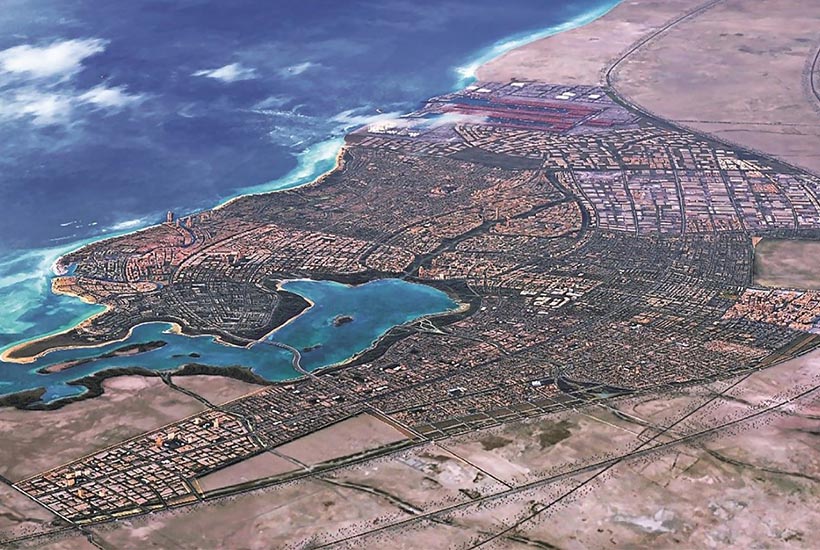

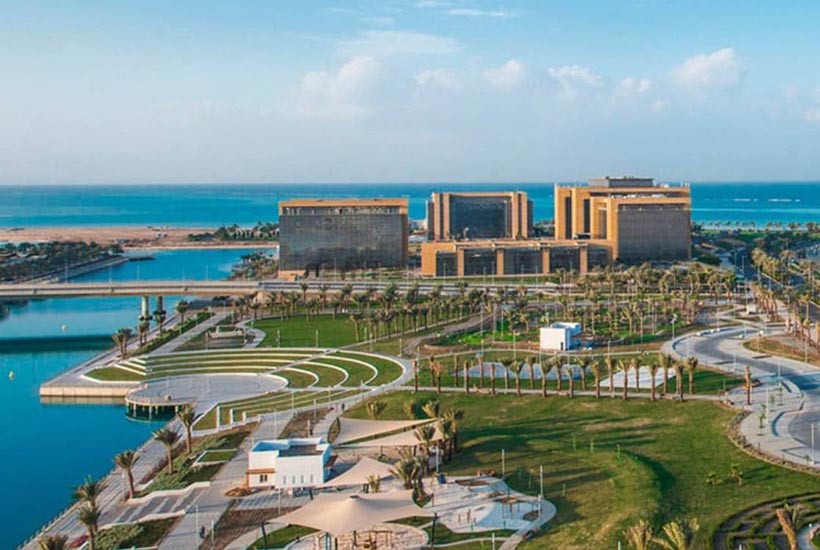
Construction work began in the same 2005. The city was completed in 2020, having invested $100 billion in its construction. However, Abdullah ibn Abdul-Aziz did not see the creation bearing his name, he died in 2015. The heirs completed the construction of the “economic city”, but big business never came to it. It was planned that in the city of King Abdullah will live 2 million, but so far only seven thousand people live.
4. Songdo in South Korea – 2025
The city of Songglo is located on the coast of the Yellow Sea, 65 km southwest of Seoul, the capital of the country. South Korea is considered one of the most technologically advanced countries, and the duo of two large international real estate companies – Gale International and Posco – decided to build the very first “smart city” in the world here.
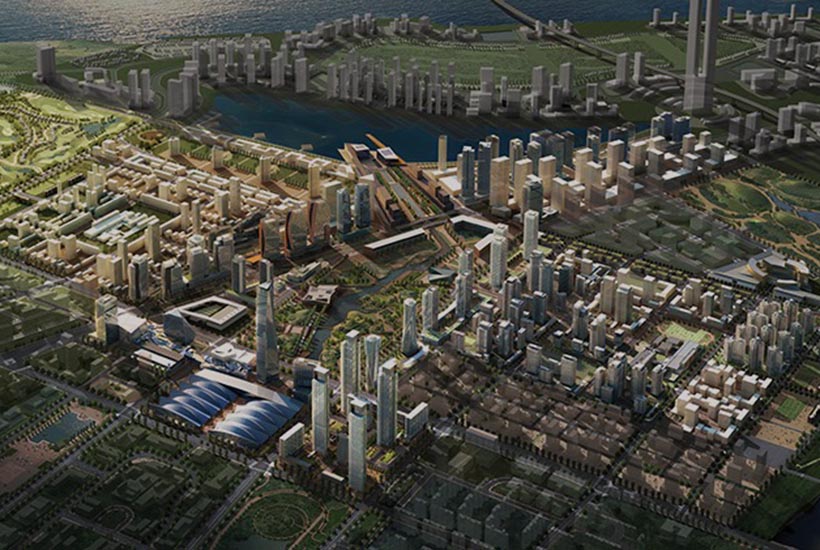

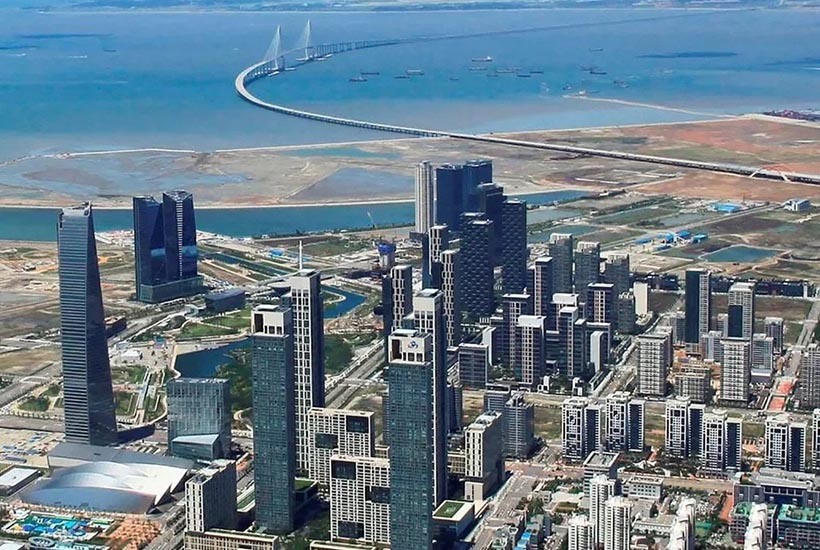

The project started in 2001. However, it took four years to develop the concept, which was carried out by the architectural bureau Kohn Pedersen Fox from the USA, and construction began only in 2005. On a plot of 6 sq. km, residential buildings, schools, hospitals, administrative buildings and cultural and community facilities were erected. It is important that 40% of the area was allocated for green areas, including replicas of the water channels of Venice and New York's Central Park.
In terms of smart solutions, Songdo has eight innovative systems, including water networks, power generation and heat generation. The garbage collection system is pneumatic, the garbage is sent through underground tunnels to the places of its processing. The Internet of Things connects all home devices. There are bike paths and charging stations for electric vehicles. Each resident is entitled to a smart card with a wide range of activities: from free travel and bike rental to watching movies and shopping. They are going to complete the city in 2025, spending 40 billion dollars on it. However, already today 170 thousand people live in Songdo.
5. Masdar in the UAE – 2030
At the end of our list is Masdar, which promises to be the first eco-city in the world. It is located on the Arabian Peninsula, in the United Arab Emirates, 17 km south of the country's capital, Abu Dhabi. The project to create an eco-city was initiated by the government of the country, and the concept was developed by the British bureau Foster + Partners under the guidance of the master of architecture Norman Foster.

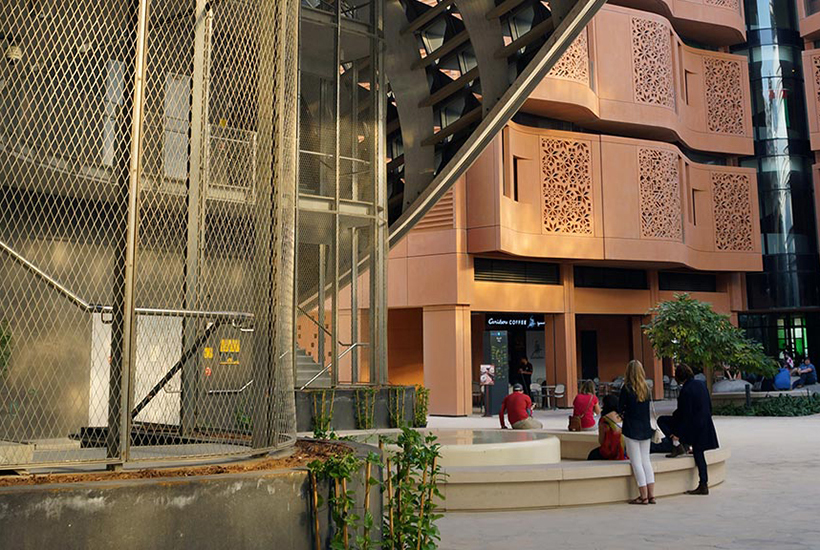
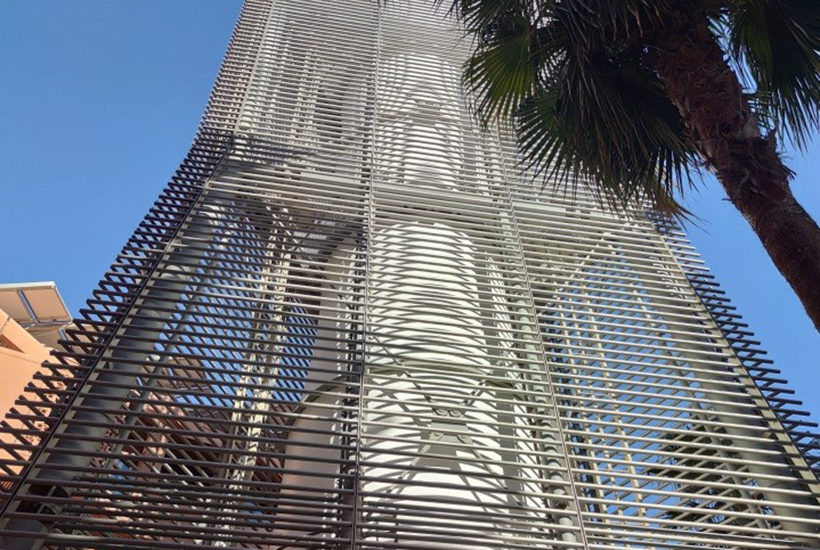
Construction work began in 2006. According to the project, the foundation of the entire city with an area of 6 sq. km is raised to a height of 7.5 meters from the ground, and a transport network is located at the underground level. All the streets of the ground part are designed taking into account the movement of the sun and wind currents. The city is provided with solar energy and other renewable energy sources, has minimal carbon dioxide emissions into the atmosphere and a complete waste recycling system.
Construction work began in 2006, and the first houses were handed over in 2010. It was originally planned to complete the construction of the eco-city in 2014, but later the deadline was postponed to 2030. The total investment in this project is only 6 sq. km should amount to 22 billion dollars. It is worth noting that Masdar is designed for 50 thousand inhabitants, but so far its population is almost ten times smaller and amounts to just over 5 thousand people.



